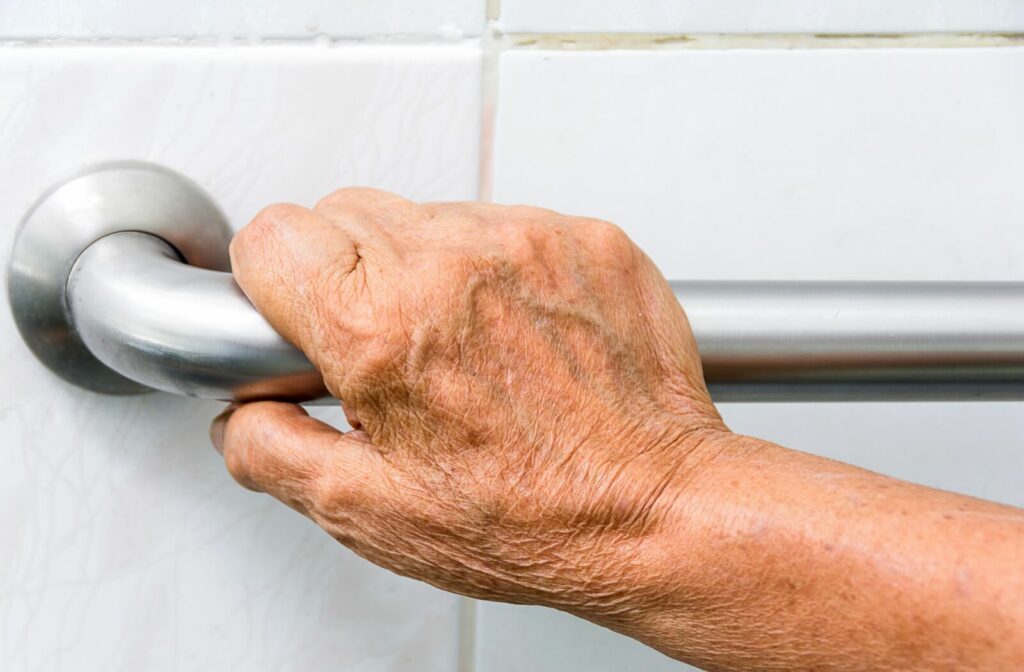Key Takeaways
- Memory care communities balance safety with dignity and comfort.
- Secure layouts and 24/7 monitoring prevent wandering and falls.
- Personalized care plans and routines promote calm and stability.
- Trained staff and engaging programs support emotional well-being.
- Families gain peace of mind knowing loved ones are protected.
When a loved one faces memory challenges, safety becomes your top concern. You want to know they’re protected from wandering, falls, and confusion while still enjoying dignity and comfort in their daily lives. Understanding memory care services and exploring aging resources can help you make informed decisions about your loved one’s future.
Memory care communities incorporate multiple layers of safety features, including secure environments, specialized staff training, personalized care plans, and 24/7 monitoring to create a protective yet engaging home for residents with cognitive changes. Understanding these safety measures can help you feel more confident about your loved one’s care and well-being.
Understanding Safety in Memory Care Communities
Memory changes affect more than just recollection—they impact judgment, spatial awareness, and the ability to recognize danger. Your loved one might forget they’ve already taken medication, become confused about their surroundings, or wander away without realizing they’re lost.
These cognitive shifts create unique safety risks that require specialized attention. Traditional home safety measures often aren’t enough when someone experiences disorientation or behavioral changes related to memory loss.
How Memory Care Communities Differ from Home Care
Memory care communities are specifically designed with cognitive changes in mind, while homes weren’t built for these challenges. Every aspect of the environment—from lighting to layout—considers how memory loss affects daily safety.
Unlike assisted living settings, memory care provides heightened security measures and specialized programming. The staff receives specific training in dementia care, and the building design prevents common safety issues before they occur.
Physical Safety Features and Environmental Design
Memory care communities are thoughtfully built to create a safe, comfortable, and easy-to-navigate environment. Every detail—from lighting to layout—is designed to reduce risks while preserving a homelike feel.
- Secure doors, keypad locks, and monitored access prevent unsafe wandering.
- Walking paths and enclosed courtyards allow safe outdoor movement.
- Non-slip floors, grab bars, and even lighting reduce fall risks.
- Furniture and layouts support easy navigation and clear pathways.
- Color cues and open sight lines help residents stay oriented and safe.
These thoughtful design choices ensure residents can move freely and confidently while staff can provide attentive care without limiting independence.
Personalized Care and Safety Plans
Each resident receives a customized care plan based on their health, mobility, and behavior, updated regularly as needs change. Staff manage medications safely and on schedule, preventing confusion or missed doses. Consistent daily routines provide comfort, reduce anxiety, and help residents feel secure and supported.
Specialized Training for Memory Care Staff
Memory care staff receive extensive training in dementia care, including how to recognize and respond to different stages of Alzheimer’s disease and related conditions. They learn to identify triggers for behavioral changes and implement appropriate interventions.
Caregivers are available around the clock to handle emergencies, confusion, or nighttime needs. Their presence ensures residents always have help and reassurance when they need it most.

How Does Activity Programming Promote Behavioral Safety?
Engaging activities help manage restlessness and behavioral symptoms that can create safety concerns. Programs are designed to match residents’ interests and abilities while providing meaningful engagement throughout the day.
When residents feel purposeful and entertained, they’re less likely to wander, become agitated, or engage in unsafe behaviors. Activities also provide regular opportunities for staff to monitor each person’s well-being.
Therapeutic Programs for Emotional Safety
Music therapy, art programs, and reminiscence activities provide emotional comfort and stability. These programs help reduce anxiety and depression while creating positive experiences that support overall safety.
Emotional well-being directly impacts physical safety—residents who feel calm and content are less likely to experience behavioral episodes or attempt unsafe activities.
Safe Outdoor Spaces and Walking Areas
Secure outdoor courtyards and walking paths allow residents to enjoy nature and exercise safely. These spaces are enclosed and monitored while providing the therapeutic benefits of fresh air and movement.
Garden areas often include familiar plants and sensory experiences that can trigger positive memories and provide calming stimulation without safety risks. Gardening activities can also offer physical and mental health benefits for residents who are able to participate.
Questions to Ask About Safety Features
When visiting memory care communities, ask specific questions about their safety protocols, staff training, and emergency procedures. Inquire about how they handle wandering, medical emergencies, and behavioral situations.
Observe the physical environment for safety features like secure doors, clear pathways, and appropriate lighting. Notice how staff interact with residents and whether the atmosphere feels calm and secure.
Look for signs that residents are engaged and comfortable in their surroundings. A safe memory care community should feel welcoming rather than institutional.
Take the Next Step With The Lodge at Historic Lewes
Consider your loved one’s specific needs, personality, and current safety challenges when evaluating communities. The right fit should address their individual risk factors while supporting their remaining abilities and interests.
At The Lodge at Historic Lewes, we understand that choosing memory care for your loved one is one of the most important decisions you’ll make. Our secure, compassionate environment combines comprehensive safety features with personalized care that honors each resident’s dignity and individual needs.
We invite you to visit our community in coastal Lewes, Delaware, to see how our approach to memory care safety can provide the peace of mind your family deserves. Contact us today to schedule a personal tour and learn more about how we can support your loved one’s safety and well-being.




